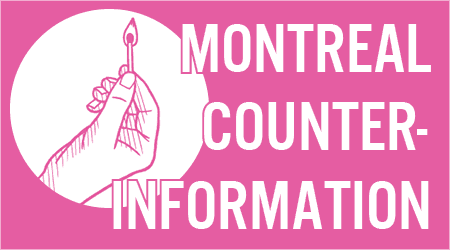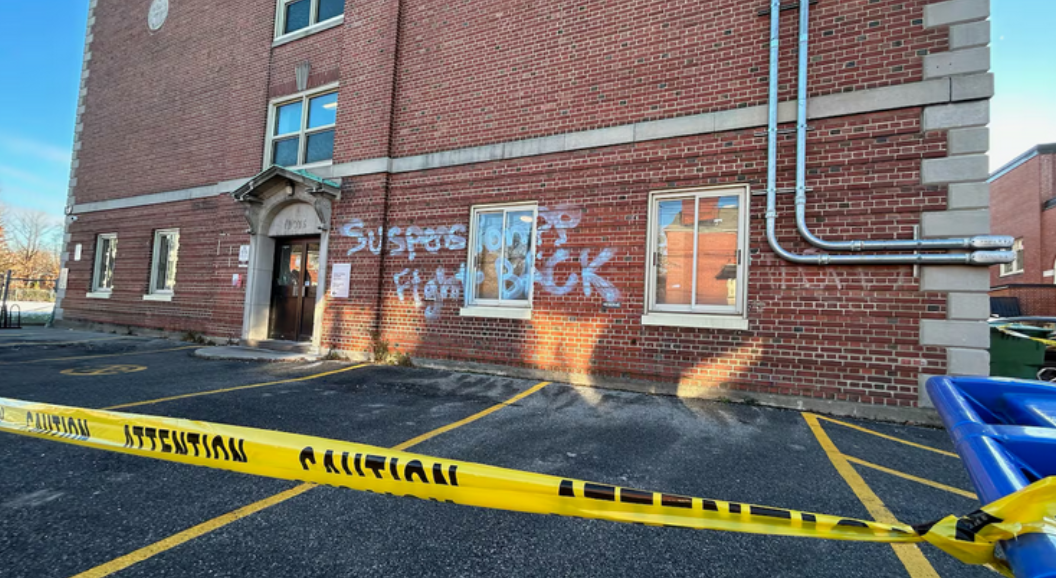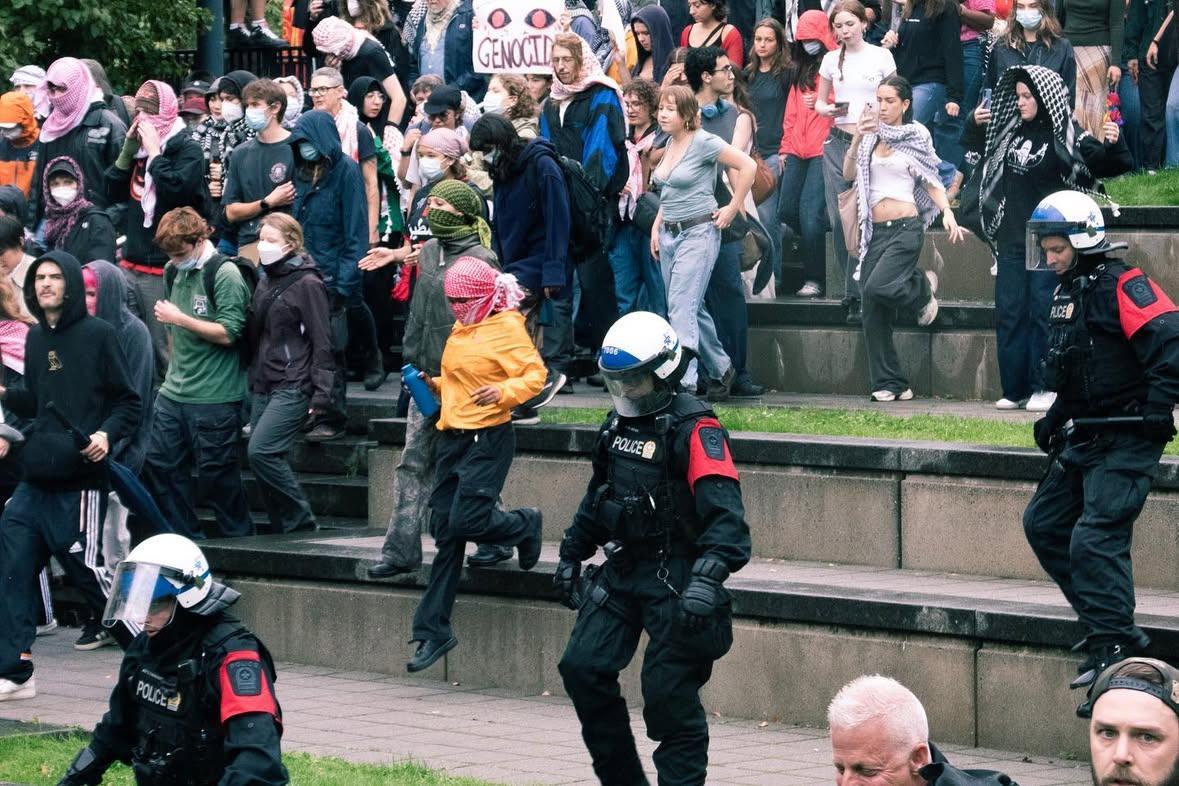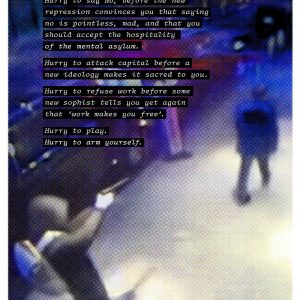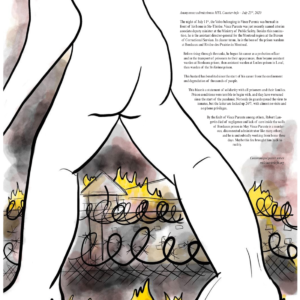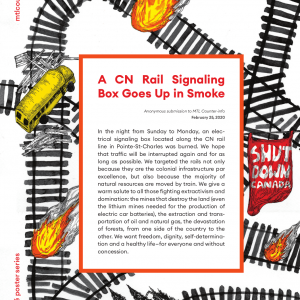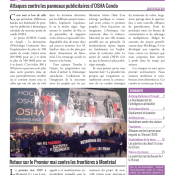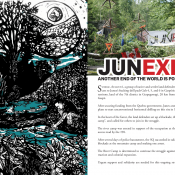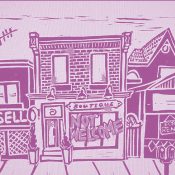News & Analysis

Spoken Contribution by Toby Shone for the Tattoo Circus, Bristol, 2025
From Dark Nights This is from a talk by Toby at the Bristol Tattoo Circus, which took place a few weeks ago at a squatted venue in the …

Reprint of Plain Words – The “Good War” of Italian Immigrant Anarchists in the United States 1914-1920
Anonymous submission to MTL Counter-info In the United States between 1914 and 1920, the greatest armed revolutionary offensive of the 20th century was unleashed against the governmental, judicial, …

Nighttime Action at Royal West High School Claim of Responsibility
Anonymous submission to MTL Counter-info Tuesday night, two anarchists visited Royal West High School. One person graffitied “Suspension?? Fight BACK” while another smashed the entrance windows with a …

The Enemy Doesn’t Know How Many We Are: A Proposal for Building An Insurgency
Anonymous submission to MTL Counter-info Zine: READ | PRINT Contents Dedication
Revolutionary pledge
Introduction
The US state is currently at war with its own population, those in the global south and …
Revolutionary pledge
Introduction
The US state is currently at war with its own population, those in the global south and …

CAMOVER Winter Games: For Your Toolbox
Anonymous submission to MTL Counter-info This PDF file can be printed with attention to security protocols. Show it to the cameras to make it clear that they should …

Some Camover Opsec Tips
Anonymous submission to MTL Counter-info We’re just a few veterans of past Camovers who decided to take a break from scheming this month’s outings to share some tips …

Indonesia: Urgent: Defendants in the “Chaos Star” network case face up to 20 years in prison
Anonymous submission to MTL Counter-info After the mass revolts in August 2025, where a large section of the population rose up and attacked the state’s basic corruption and …

Billy Savoie: the Brown Shirt Bozo Teaching in a High School
From Montréal Antifasciste A teacher of Culture et citoyenneté québécoise (CCQ) who repeatedly posts homophobic, antisemitic, and white supremacist comments on social media . . . knowing full …

Tear Them Down: CamOver 2025
Anonymous submission to MTL Counter-info PDF Posters: , JOIN THE CAMOVER OCTOBER – NOVEMBER 2025 It feels rare to walk through the streets of the city without …

Action Against the Arms Industry in Solidarity with Palestine
Anonymous submission to MTL Counter-info Early this morning, autonomous activists in solidarity with the Palestinian struggle recovered a life-size replica of an MK-84 bomb made of papier-mâché and …

Fuck Repression, Concordia Windows Smashed
Anonymous submission to MTL Counter-info Two windows were smashed at concordia’s October 7th demonstration because of their suspensions and treatment of the strike Monday, and because they invited …

Toward a Politics of Destitution: Nuclei and Revolutionary Camp
Anonymous submission to MTL Counter-info Each generation must, in relative opacity, discover its mission: fulfill it or betray it. —Frantz Fanon Our generation is up against a wall …


